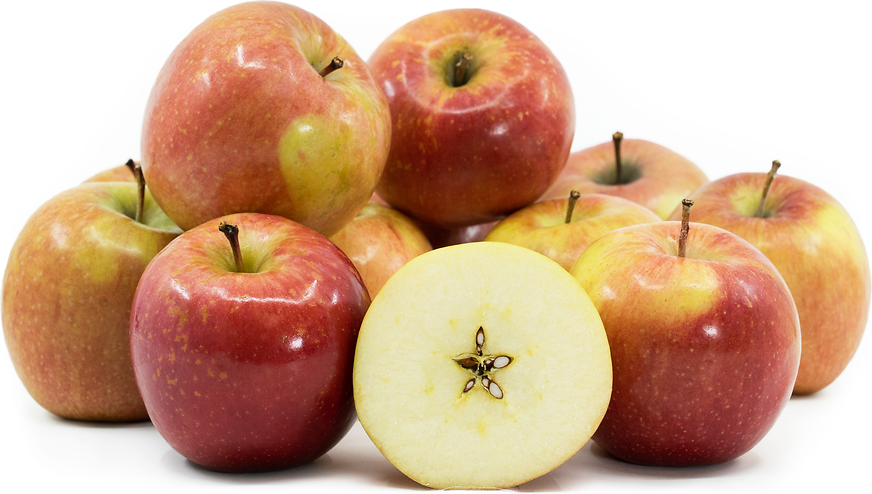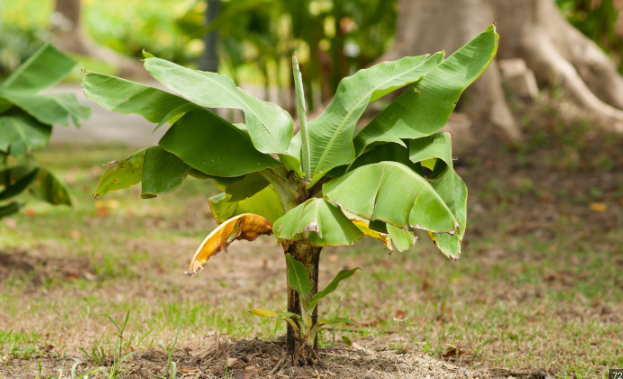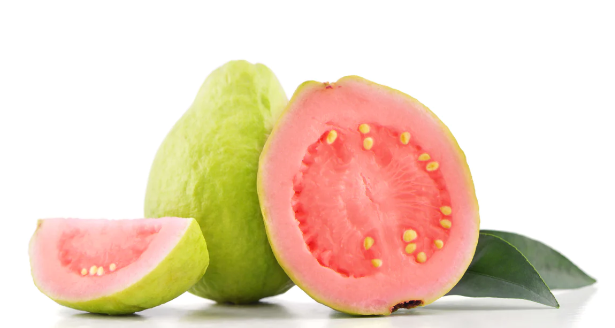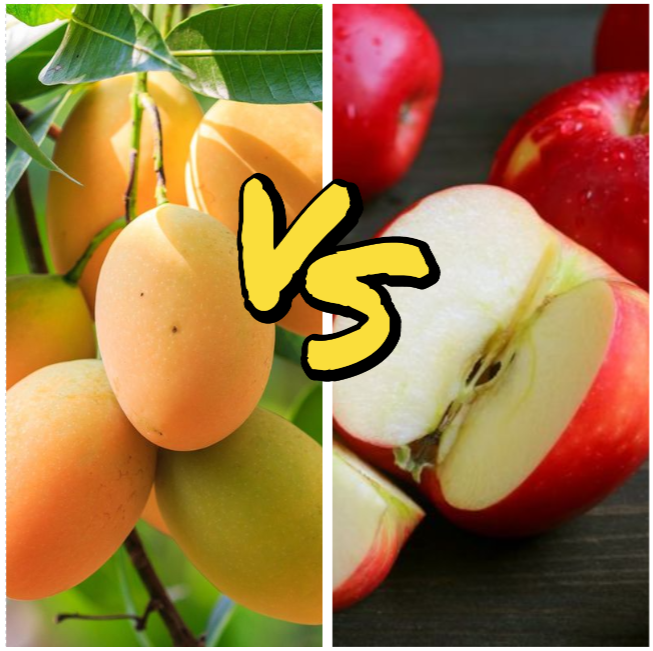India is a land of diversity, and this richness is reflected in the variety of fruits found across the country. There are many delicious fruits like tropical mangoes and sweet bananas that India offers to the world.
Out of all these fruits, the mango stands out as India’s national fruit. This article will look at why the mango holds this esteemed title and its importance in Indian culture.
Mangoes have a long history in India, going back over 4,000 years. They come from the Indian subcontinent and are loved for their sweet taste and pleasant fragrance.
In Indian culture, the mango symbolizes love and wealth. It has been an important part of the country’s past and is deeply ingrained in many traditions. It’s clear to see why the mango is so special in India and why it was chosen as the national fruit.
Table of Contents
- The Mango’s Big Role in India’s History
- How Mango Became India’s National Fruit
- Health Benefits of Eating Mangoes
- India’s Many Types of Mangoes
- Celebrating Mangoes: Festivals in India
- Mangoes in Indian Cooking
- The Economic Value of Mangoes in India
- Inside India’s Mango Industry
- Challenges in India’s Mango Business
- Sending Indian Mangoes Overseas
- Climate Change and Growing Mangoes in India
- What the Future Holds for Indian Mango Farming
- Conclusion
- FAQs
- Why was the mango chosen as India’s national fruit?
- What are the different kinds of mangoes in India?
- What are some famous mango festivals in India?
- How important is the mango industry in India?
The Mango’s Big Role in India’s History
The mango has been around in Indian culture for millennia. It holds a sacred place in Hindu mythology and stories, with connections to the god of love, Kamadeva. It’s also thought to have healing powers and is used in traditional Indian medicine, or Ayurveda, to cure different health problems.
How Mango Became India’s National Fruit
Choosing the mango as the national fruit was a nod to India’s cultural legacy and its storied past. This happened in 1950, following India’s independence from Britain.
The mango embodies India’s rich tapestry of diverse traditions and its distinct cultural identity. Its widespread appeal among all ages and groups helped solidify its status.
Health Benefits of Eating Mangoes
Mangoes aren’t just tasty; they’re also full of health benefits. They contain lots of vitamins, minerals, and antioxidants, which are great for a healthy lifestyle. They also have fiber, supporting digestion and a healthy stomach.
India’s Many Types of Mangoes
With over 1,000 different kinds of mangoes, India’s variety is astonishing. Well-loved types include Alphonso, Kesar, Langra, Chaunsa, and Dasheri. Each has a unique flavor and is popular in various dishes across Indian cuisine.
Celebrating Mangoes: Festivals in India
Mango festivals bring people together in India and are a way to share their passion for the fruit. These events are usually organized from June to August, during the peak mango season.
Notable festivals include the Mango Festival in Delhi, Mango Mela in Chandigarh, and Konkan Mango Festival in Mumbai.
Mangoes in Indian Cooking
In Indian kitchens, mangoes are a staple ingredient. They’re used in sweets, chutneys, and even savory dishes like curries. Mangoes can also be made into beverages, adding flavor and sweetness to Indian drinks like smoothies and lassi.
The Economic Value of Mangoes in India
Mangoes aren’t just a cultural icon; they’re also economically essential. As the world’s top mango producer, India benefits from the industry, which provides jobs for many and contributes to the national income.
Inside India’s Mango Industry
The Indian mango industry has many different people involved, like farmers, sellers, and those who send mangoes to other countries. It’s mostly made up of small farms, with farmers depending on the fruit to earn money. The industry is spread out, mainly in rural areas.
Challenges in India’s Mango Business
There are some tough issues in the mango market, though. One big problem is not having the right tools and support for growing and sending mangoes abroad. Pests and diseases also pose a threat, affecting the fruit’s quantity and quality.
Sending Indian Mangoes Overseas
India is known for exporting mangoes, with places like the United States, the UK, and Middle Eastern countries loving the fruit. But, there are strict rules and standards that have to be met, which can be challenging, especially for smaller farmers and businesses.
Climate Change and Growing Mangoes in India
Rising temperatures and unpredictable weather because of climate change are big concerns for mango farmers. Mango trees need specific conditions, and any changes can affect the growth and quality of the fruit.
What the Future Holds for Indian Mango Farming
Even with the industry’s difficulties, there is hope and excitement for the future of mango farming in India. With efforts to overcome the challenges, mangoes will continue to be an important part of India’s heritage and economy.
Thanks to new technology, better roads and buildings, and more people around the world wanting to buy mangoes, the mango business in India is likely to get much bigger in the next few years.
Conclusion
In India, mangoes are more than just fruit. They’re a sign of the country’s rich history and what makes it special. Mangoes have always been important in India’s past and it’s changed how people live and do business. Even as India changes, mangoes will always be an important part of what makes the country what it is.
FAQs
Why was the mango chosen as India’s national fruit?
What are the different kinds of mangoes in India?
What are some famous mango festivals in India?
Some big ones are the Mango Festival in Delhi, the Mango Mela in Chandigarh, and the Konkan Mango Festival in Mumbai. These events show off the many kinds of mangoes from all over India and celebrate how wonderful they are.
How important is the mango industry in India?
Lots of people work in the mango business, like farmers, sellers, and people who send mangoes to other countries. Selling mangoes brings in a lot of money for India. Mangoes are also one of the top things India sends to other countries to sell.









